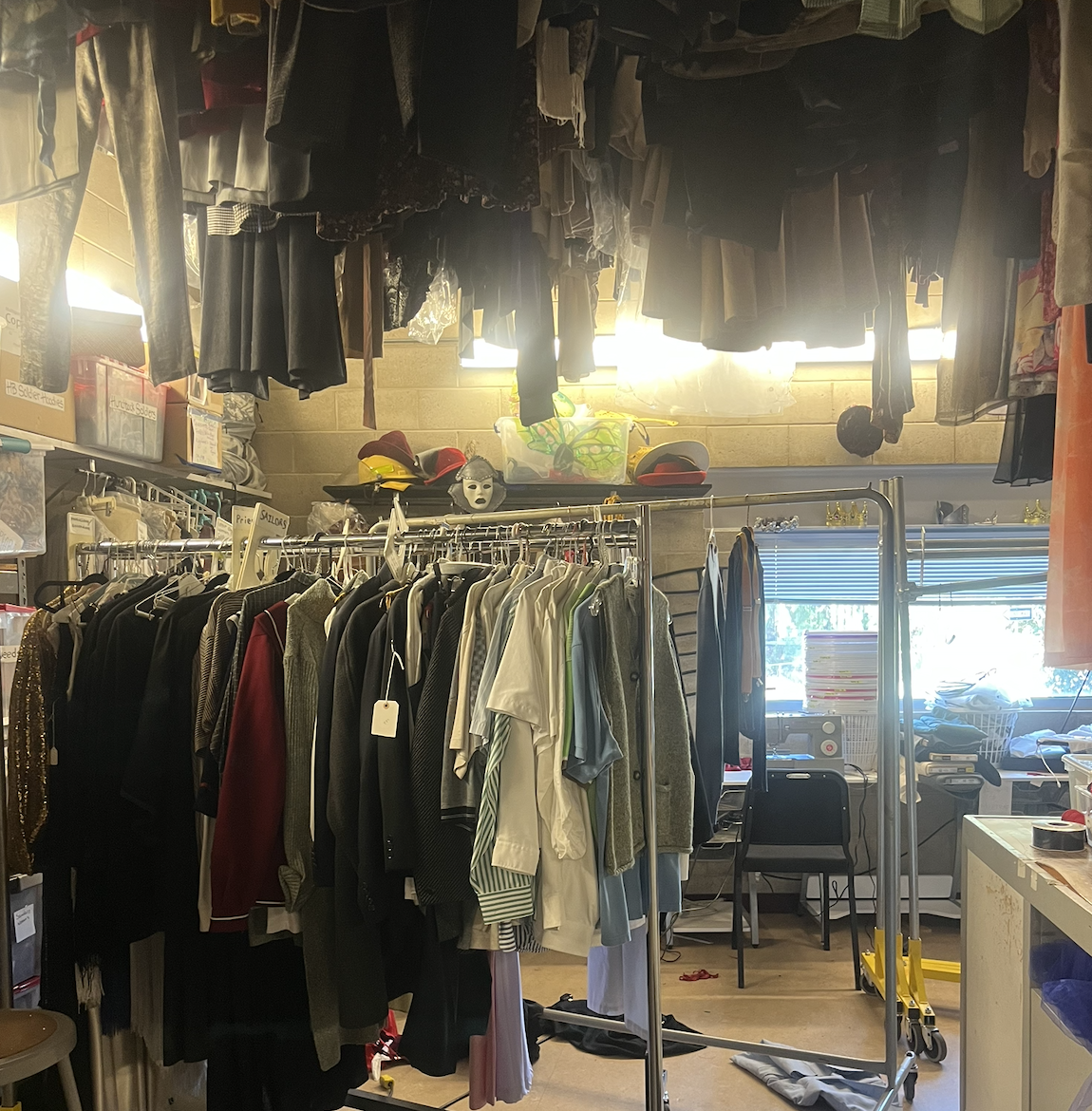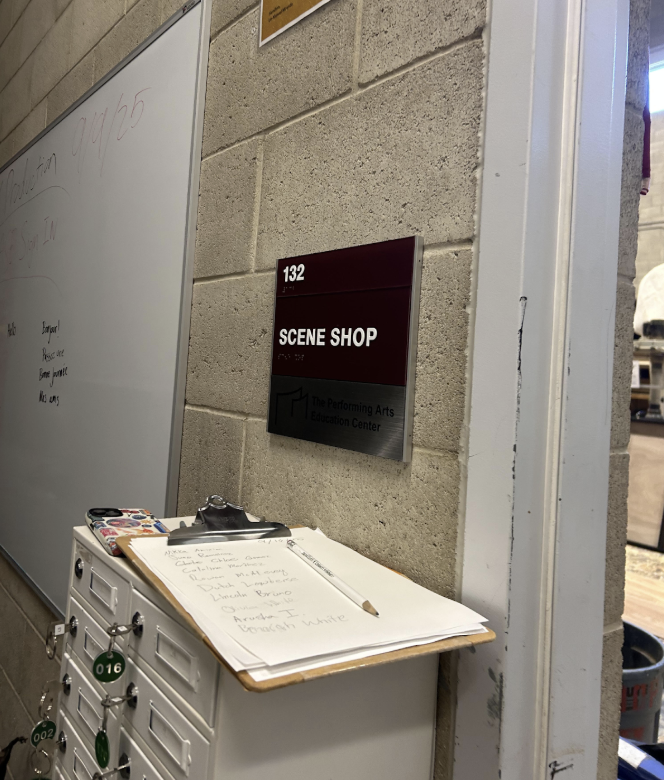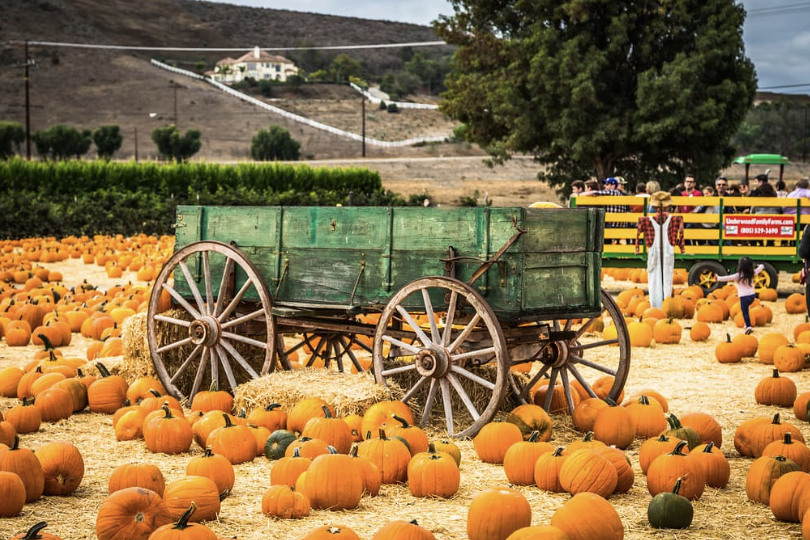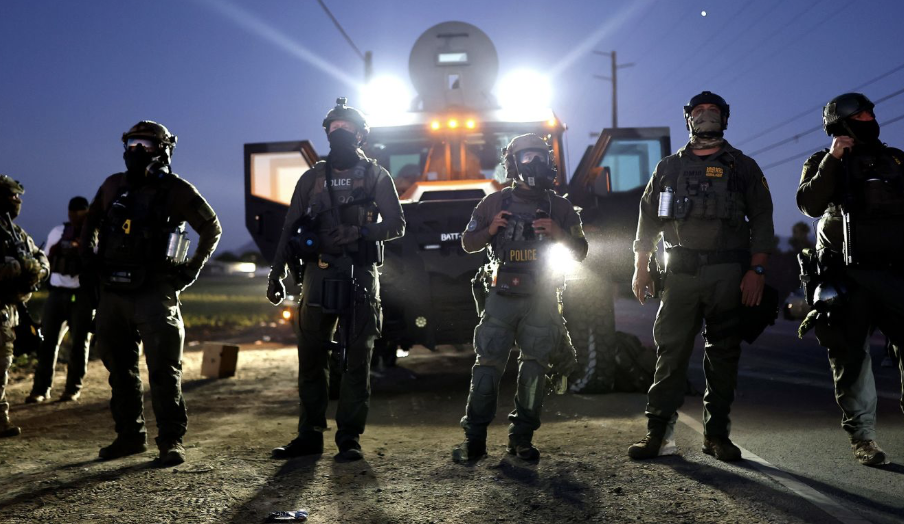This year Kwanzaa started on Dec. 26 and continues through Jan. 1. Kwanzaa is a non-religious holiday that celebrates African-American heritage, pride, community, family and culture. Dr. Maulana Karenga, professor and chairman of Black Studies at California State University, Long Beach, created Kwanzaa in 1966.
Similar to the Jewish menorah, Kwanzaa utilizes a series of candles to commemorate each day of celebration. The lighting of a candle acknowledges one of The Seven Principles, also known as The Nguzo Saba. The colors of the candles coincide with the three symbolic colors of Kwanzaa: red, green and black. The candles are placed in a holder called a Kinara, with a black candle in the center. On one side of the black candle there are three red candles, and on the other side there are three green candles. The black candle is traditionally lit first and corresponds with the first of the Nguzo Saba: Umoja, which means unity. According to Dr. Maulana Karenga, this candle symbolizes the desire to strive for and maintain unity in the family, community, nation and race.
“This is the one holiday that did not get exploited through the media and holds up tradition and value instead of commercialized ornaments,” said senior Maddie Thompson.
The three red candles in the Kinara represent the principles of Kujichagulia, Ujamaa and Kuumba, also known as self-determination, cooperative economics and creativity. Kujichagulia, in the tradition of Kwanzaa, is a symbol meant to represent the act of being true to oneself. Ujamaa speaks to economic independence, but in a cooperative light, in that by building and maintaining businesses together, all may profit from them. The principle of Kuumba, or creativity, emphasizes doing as much as possible to make the community a better place for future generations.
The three green candles in the Kinara represent Ujima, Nia and Imani, which stand for collective work and responsibility, purpose and faith. They are placed to the right of the black candle. Ujima emphasizes the need to work together and to help out their community. Nia, or purpose, focuses on the restoration of the African community to its traditional greatness by making renewal a collective effort in building and developing the community. Imani, or faith, reminds celebrants to believe in the people, their leaders and the righteousness of their struggle.
In addition to the colored candles symbolizing The Seven Principles of Kwanzaa, the three colors have an overarching meaning for cultural celebration. The color black represents the people, the color red is for their struggle and the color green represents the future and hope that comes as a result of the struggle.
Colorful candles used on the Kinara in celebration of Kwanzaa are not the only tradition. Decorating the gathering room with colorful textiles, hanging the African flag, also known as the bendera, children’s artwork, flowers, balloons and streamers in green, red and black are also several other traditions that serve as powerful reminders of the Nguzo Saba as the old year ends and a new year begins.








